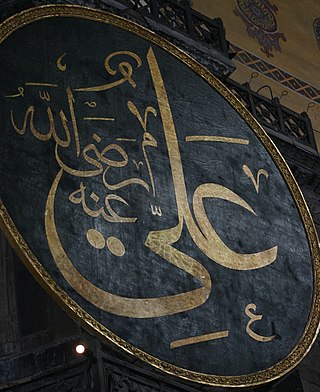
The 7th century is the period from 601 through 700 in accordance with the Julian calendar in the Christian Era.
The 820s decade ran from January 1, 820, to December 31, 829.
The 630s decade ran from January 1, 630, to December 31, 639.
The 640s decade ran from January 1, 640, to December 31, 649.
The 650s decade ran from January 1, 650, to December 31, 659.
The 660s decade ran from January 1, 660, to December 31, 669.
The 670s decade ran from January 1, 670, to December 31, 679.
The 680s decade ran from January 1, 680, to December 31, 689.
The 690s decade ran from January 1, 690, to December 31, 699.

Year 632 (DCXXXII) was a leap year starting on Wednesday of the Julian calendar. The denomination 632 for this year has been used since the early medieval period, when the Anno Domini calendar era became the prevalent method in Europe for naming years.

Year 661 (DCLXI) was a common year starting on Friday of the Julian calendar. The denomination 661 for this year has been used since the early medieval period, when the Anno Domini calendar era became the prevalent method in Europe for naming years.

Year 680 (DCLXXX) was a leap year starting on Sunday of the Julian calendar. The denomination 680 for this year has been used since the early medieval period, when the Anno Domini calendar era became the prevalent method in Europe for naming years.

Year 682 (DCLXXXII) was a common year starting on Wednesday of the Julian calendar. The denomination 682 for this year has been used since the early medieval period, when the Anno Domini calendar era became the prevalent method in Europe for naming years.

Muhammad ibn Abi Bakr ibn Abi Quhafa al-Taymi was an Arab Muslim commander in the service of the fourth Rashidun caliph and first Shia Imam, Ali ibn Abi Talib. Muhammad was the youngest son of the first Rashidun caliph Abu Bakr and Asma bint Umays. He had his son, Al-Qasim taught by his aunt, Aisha, and by Ibn Abbas. Which is why many Hadiths are quoted through Muhammad and his son and thus were the source of much of the information of Islam and narrations available today.

Abd Allah ibn al-Zubayr ibn al-Awwam was the leader of a caliphate based in Mecca that rivaled the Umayyads from 683 until his death.
Abd al-Rahman ibn Amr ibn Muljam al-Muradi, commonly known simply as Ibn Muljam, was a Kharijite dissident primarily known for having assassinated Ali ibn Abi Talib, the fourth caliph of the Rashidun Caliphate and the first imam according to the Shia.
Shi‘a Islam, also known as Shi‘ite Islam or Shia, is the second largest branch of Islam after Sunni Islam. Shias adhere to the teachings of Muhammad and the religious guidance of his family or his descendants known as Shia Imams. Muhammad's bloodline continues only through his daughter Fatima Zahra and cousin Ali who alongside Muhammad's grandsons comprise the Ahl al-Bayt. Thus, Shias consider Muhammad's descendants as the true source of guidance along with the teaching of Muhammad. Shia Islam, like Sunni Islam, has at times been divided into many branches; however, only three of these currently have a significant number of followers, and each of them has a separate trajectory.

Ali ibn Abi Talib, the fourth Rashidun caliph and the first Shia Imam, was assassinated during the morning prayer on 28 January 661 CE, equivalent to 19 Ramadan 40 AH. He died of his wounds about two days after the Kharijite dissident Ibn Muljim struck him over his head with a poison-coated sword at the Great Mosque of Kufa, located in Kufa, in present-day Iraq. He was about sixty-two years of age at the time of his death.








